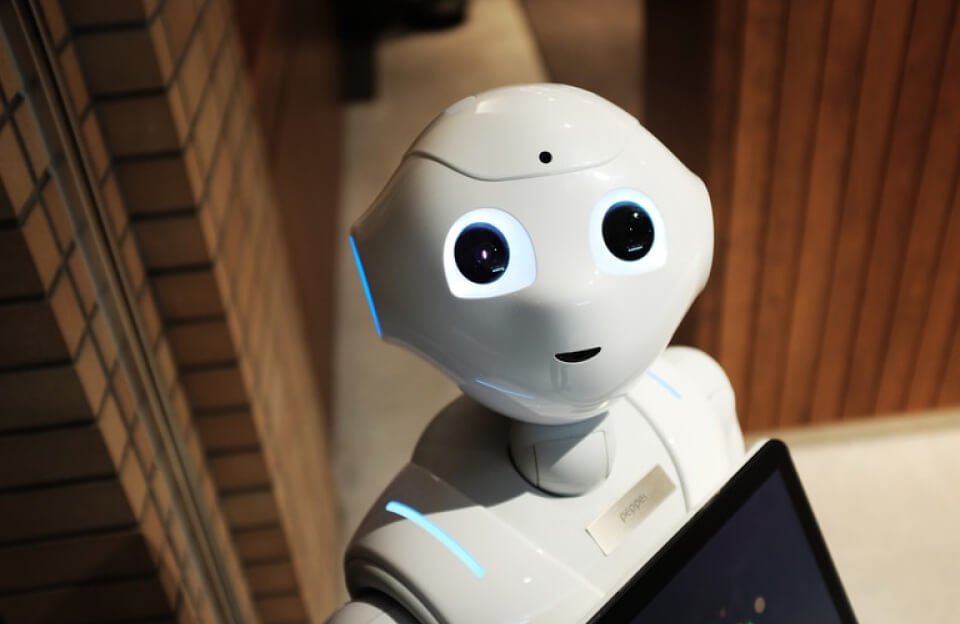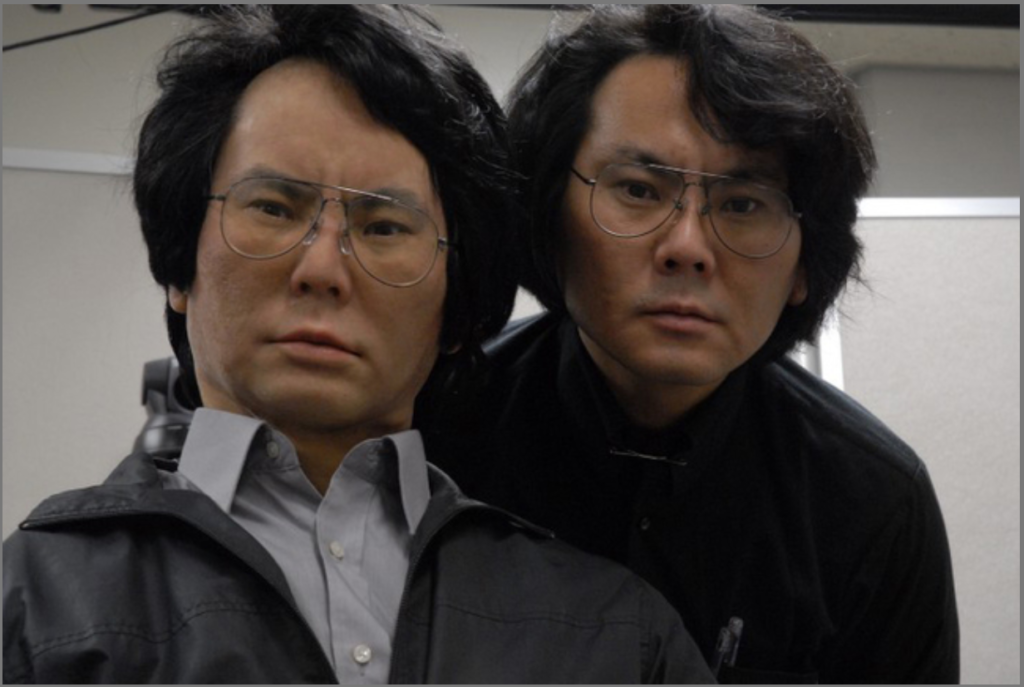Humanoid robots, machines designed to resemble humans, are no longer just a sci-fi dream. With advancements in artificial intelligence (AI), sensors, and robotics, they’re becoming a reality. These robots are not only designed to look like humans, but to move, learn, and interact in human environments, opening up countless possibilities.
Key Advancements in Humanoid Robotics
AI and Machine Learning
AI is allowing humanoid robots to learn from their environments and improve over time. Robots like Sophia can hold conversations, understand emotions, and even recognize faces, making them more interactive than ever.
Advanced Sensors and Perception
Humanoid robots are equipped with sophisticated sensors, enabling them to understand their surroundings and navigate obstacles. Atlas, a robot from Boston Dynamics, can run, jump, and perform complex physical tasks, demonstrating impressive agility.
Human-Robot Interaction (HRI)
Humanoid robots like Pepper are being developed to interact naturally with humans. With the ability to recognize faces and emotions, they are being used in roles like customer service and healthcare.
Application of Humanoid Robots
Healthcare
Humanoid robots can assist elderly people, remind them to take medication, and provide companionship. They could also assist in surgeries, offering precision and reducing human error.
Education
These robots could serve as teaching assistants, providing personalized support to students, especially in special education settings.
Customer Service
In industries like retail and hospitality, humanoid robots could handle inquiries, deliver recommendations, and improve the customer experience.
Companionship and Entertainment
Humanoid robots could provide companionship for lonely individuals or even act as performers in entertainment.
Hazardous Work Environments
In situations like space exploration or disaster response, robots can step in where it’s too dangerous for humans.
The Future of Humanoid Robots
Humanoid robots are advancing quickly, and in the future, we may see them in homes, offices, and hospitals, working alongside humans. While challenges remain, such as integration into society, the potential for humanoid robots to revolutionize industries and improve our lives is immense.
What do you think? Will humanoid robots integrate smoothly into society, or do you foresee challenges ahead? Let us know in the comments!


